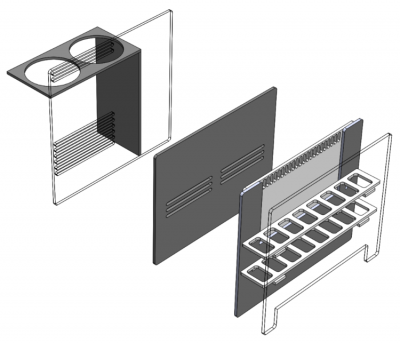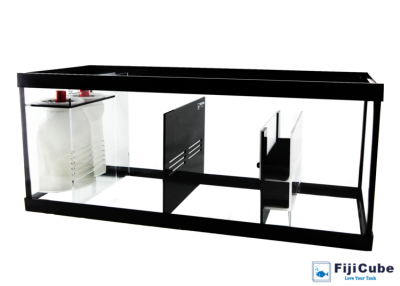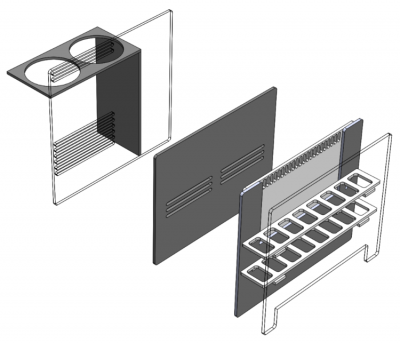Hi all!
I am new to saltwater hobby and I am building my first sump. Reading a lot of information and know I need to just dive in and learn in the process. I have a 75g DT and I can barely fit a 29gal sump underneath. Originally, I wanted a skimmer section and a refugium section, but I read on gmacreef that 29gal sump is a bit small for both in case of power failure - ie: with that many chambers, it would be a bit tight on left over volume for back flow. He recommends only have 2 chambers , so either for skimmer/refugium and then return chamber....not all 3 chambers.
So my question is: 1) would 29gal sump be big enough for the power failure overflow if I have 3 chambers? Or would you recommend only 2 chambers? 2) If I only have 2 chambers, which would be more important to have - a skimmer or a refugium? (I also have a small section for filter sock).
Thank you!
I am new to saltwater hobby and I am building my first sump. Reading a lot of information and know I need to just dive in and learn in the process. I have a 75g DT and I can barely fit a 29gal sump underneath. Originally, I wanted a skimmer section and a refugium section, but I read on gmacreef that 29gal sump is a bit small for both in case of power failure - ie: with that many chambers, it would be a bit tight on left over volume for back flow. He recommends only have 2 chambers , so either for skimmer/refugium and then return chamber....not all 3 chambers.
So my question is: 1) would 29gal sump be big enough for the power failure overflow if I have 3 chambers? Or would you recommend only 2 chambers? 2) If I only have 2 chambers, which would be more important to have - a skimmer or a refugium? (I also have a small section for filter sock).
Thank you!





















